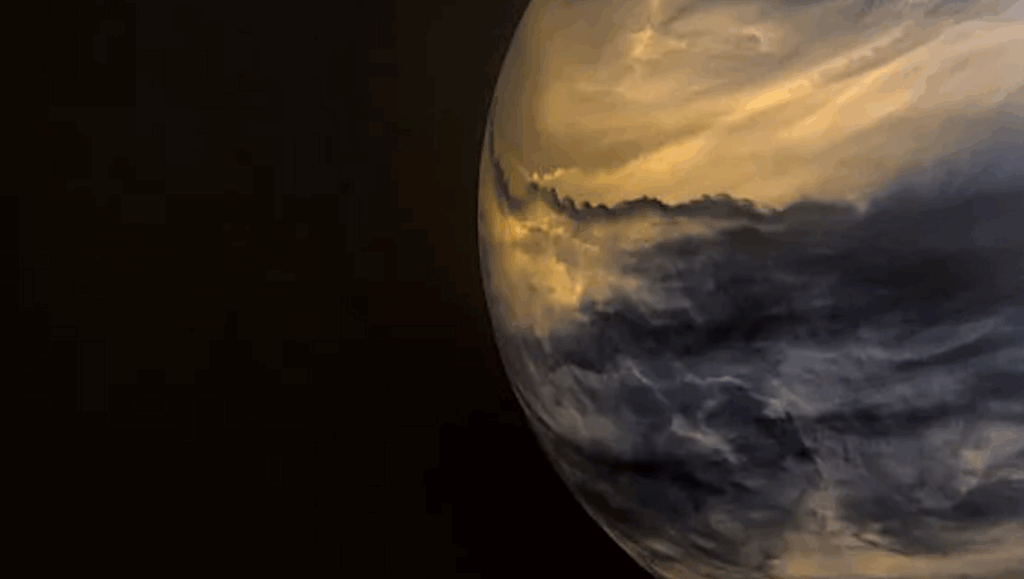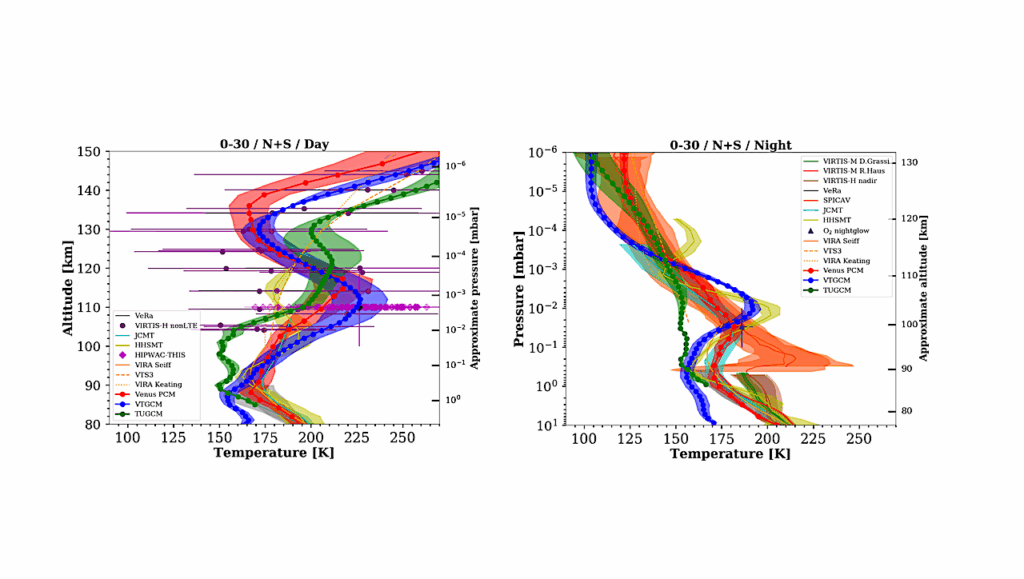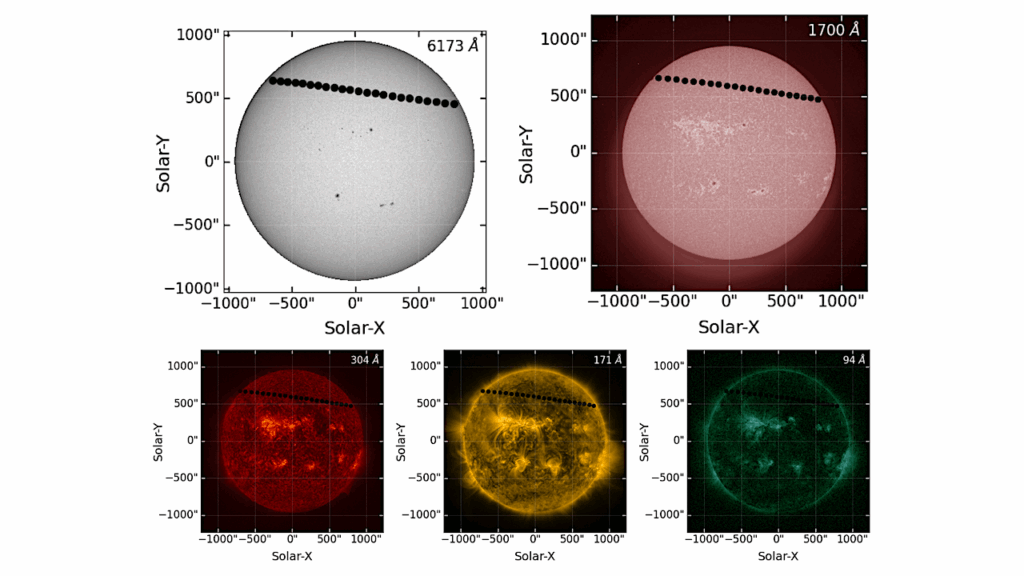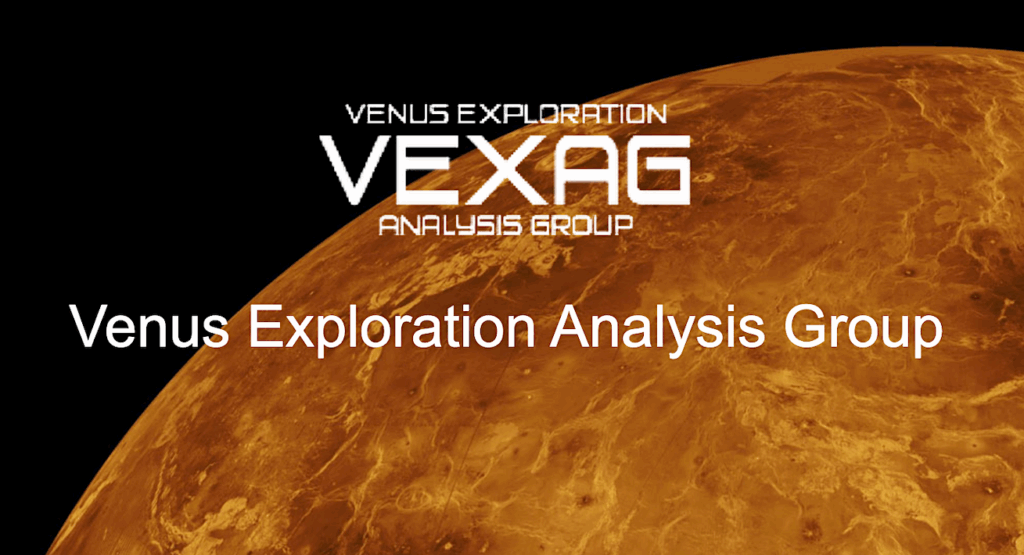Complications In The ALMA Detection Of Phosphine At Venus

Recently published ALMA observations suggest the presence of 20 ppb PH3 in the upper clouds of Venus. This is an unexpected result, as PH3 does not have a readily apparent source and should be rapidly photochemically destroyed according to our current understanding of Venus atmospheric chemistry.
While the reported PH3 spectral line at 266.94 GHz is nearly co-located with an SO2 spectral line, the non-detection of stronger SO2 lines in the wideband ALMA data is used to rule out SO2 as the origin of the feature. We present a reassessment of wideband and narrowband datasets derived from these ALMA observations.
The ALMA observations are re-reduced following both the initial and revised calibration procedures discussed by the authors of the original study. We also investigate the phenomenon of apparent spectral line dilution over varying spatial scales resulting from the ALMA antenna configuration. A 266.94 GHz spectral feature is apparent in the narrowband data using the initial calibration procedures, but this same feature can not be identified following calibration revisions.
The feature is also not reproduced in the wideband data. While the SO2 spectral line is not observed at 257.54 GHz in the ALMA wideband data, our dilution simulations suggest that SO2 abundances greater than the previously suggested 10 ppb limit would also not be detected by ALMA. Additional millimeter, sub-millimeter, and infrared observations of Venus should be undertaken to further investigate the possibility of PH3 in the Venus atmosphere.
Alex B. Akins, Andrew P. Lincowski, Victoria S. Meadows, Paul G. Steffes
Subjects: Earth and Planetary Astrophysics (astro-ph.EP); Instrumentation and Methods for Astrophysics (astro-ph.IM)
Cite as: arXiv:2101.09831 [astro-ph.EP] (or arXiv:2101.09831v1 [astro-ph.EP] for this version)
Submission history
From: Alex Akins
[v1] Sun, 24 Jan 2021 23:59:10 UTC (2,018 KB)
https://arxiv.org/abs/2101.09831
Astrobiology, Astrochemistry








